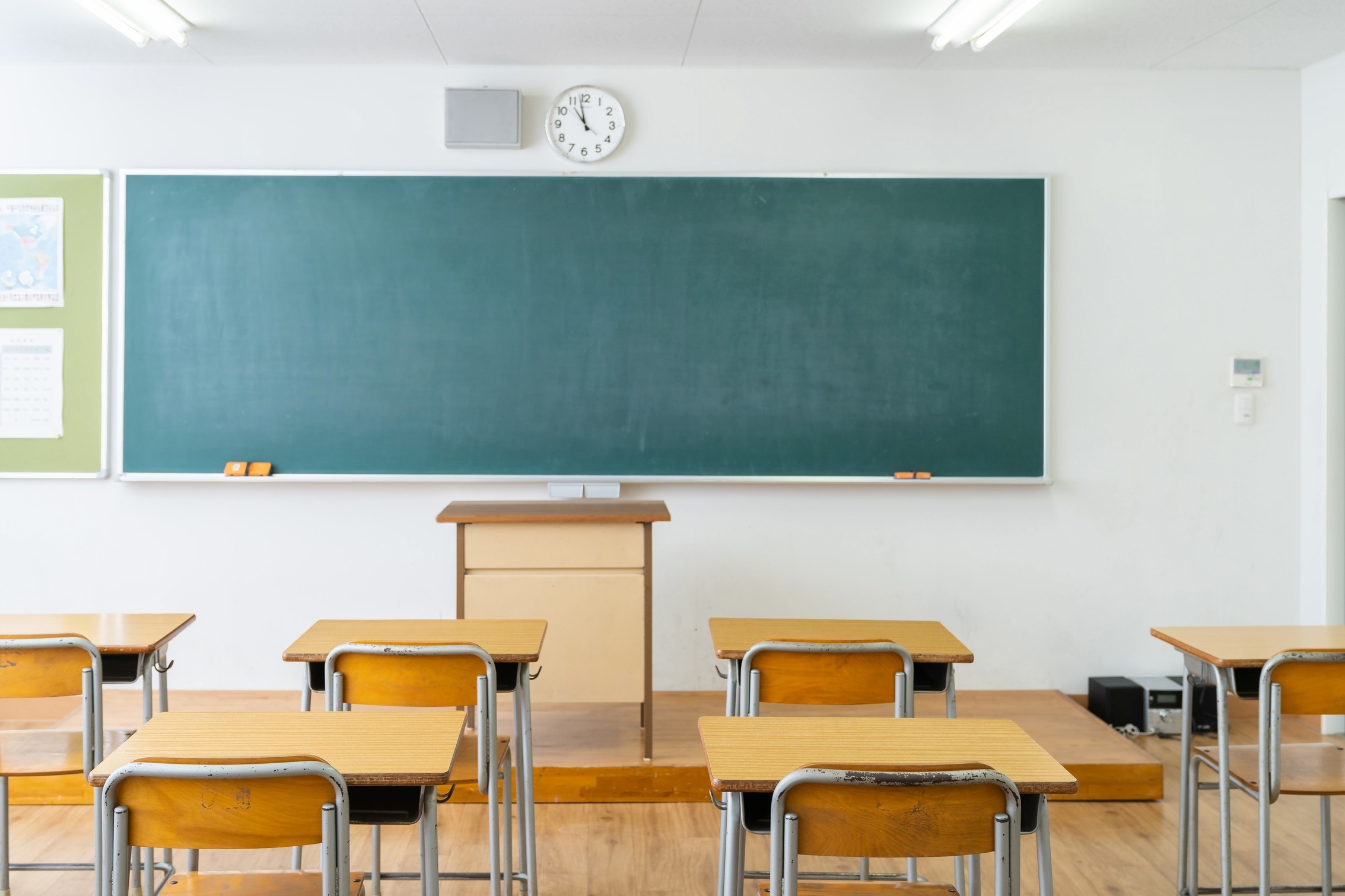UNAUTHORISED absences from secondary school have more than doubled since the pandemic, new figures show.
Data provided by the government reveals that students in Years 7 to 11 missed 2.8% of the 2022-2023 school year for unauthorised reasons up to mid-May, compared to 1.2% in the 2017-2018 academic year.
One teaching union representative has blamed the impact of Covid for the increase – along with more parents taking their children on trips during term-time owing to high costs in the school holidays.
Marina Mauger, of NASUWT, said there were ‘so many reasons’ behind unauthorised absence. However, she added: ‘There are some students that don’t have the motivation since Covid, and we are definitely still seeing a backlash.
‘Children are starting primary school now who’ve never been to mother-toddler groups or playgroups or nursery, and it’s a very different landscape than it used to be.’
She added that the increase in unauthorised pupil absence was also related to the cost of travel during holidays, saying: ‘More parents are taking children out of school in term-time because it’s so expensive to get flights now.’
Assistant Children’s and Education Minister Richard Vibert said head teachers, school staff, parents and his department’s welfare team worked together to ‘support pupil attendance and punctuality’.
The Pupil Attendance and Absence Report for 2017-2018 also showed that there was 93.5% overall presence compared to 88.3% this year. The government said that their system could not differentiate between Covid reasons for absence, which meant that data for 2020/2021 could not be compared to later years.
The 2021-2022 academic year showed 2.3% unauthorised absence.
This comes as an investigation by the Guardian newspaper found that one in ten GCSE-year pupils have been absent from school in England each day this year, up 70% since before Covid, with unauthorised absences – as in Jersey – more than twice as high as in pre-pandemic years.
Teenagers referred to anxiety, illness and the cost-of-living crisis fuelling what the newspaper called ‘extraordinary levels of absence’.
Island pupils studying for their GCSEs started Year 7 during the pandemic, which Ms Mauger said meant it ‘had been hard for them to make connections’. ‘We’ve moved into a different world now, which is normal for us, but not normal for them,’ she said.
‘There are students doing exams this year who have never done exams before. We’re asking them to move into a world that we think is normal, but their normal in their formative years was the Covid lockdowns.’
JERSEY ATTENDANCE STATS
The attendance figures are based on the morning registration session.
These are aggregate for Years 7 to 11, which excludes the last half-term for Year 11s owing to study leave.
The 2022-2023 data does not include the last half-term, as term is not yet complete.
In 2017-2018, authorised absence was 5.3%, unauthorised absence was 1.2%, meaning overall absence was 6.5%
UK ATTENDANCE STATS
In the UK, analysis of state school rolls by the FFT Datalab research consultancy estimates that Year 11 students, aged 15-16 and studying for their GCSE exams, missed 4.5% of all sessions for unauthorised reasons up to mid-May, compared with 2.1% in 2018-19.
Combined with a further 6.4% of sessions missed through illness or other authorised reasons, Year 11 students missed nearly 11% of their scheduled time in school, compared with 6.4% in 2018-19.
HOMESCHOOL STATS
The number of local children being homeschooled has also risen, from 41 pupils in the 2018-2019 academic year to 77 pupils in the 2022-2023 academic year.
This post-pandemic increase can be seen across other other jurisdictions, with the BBC reporting that the number of parents choosing to homeschool their children in England had increased by 34% between 2018 and 2022.






